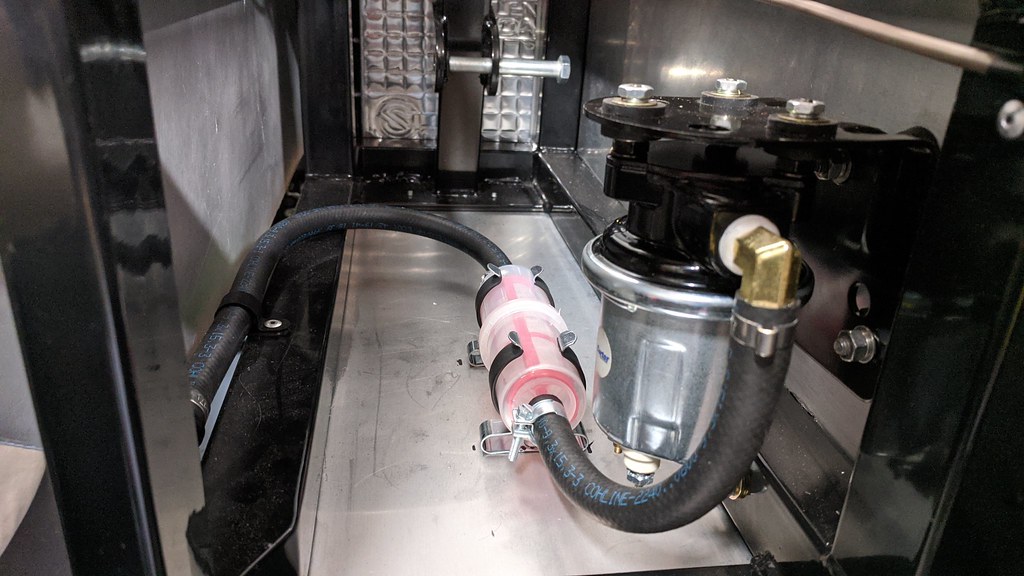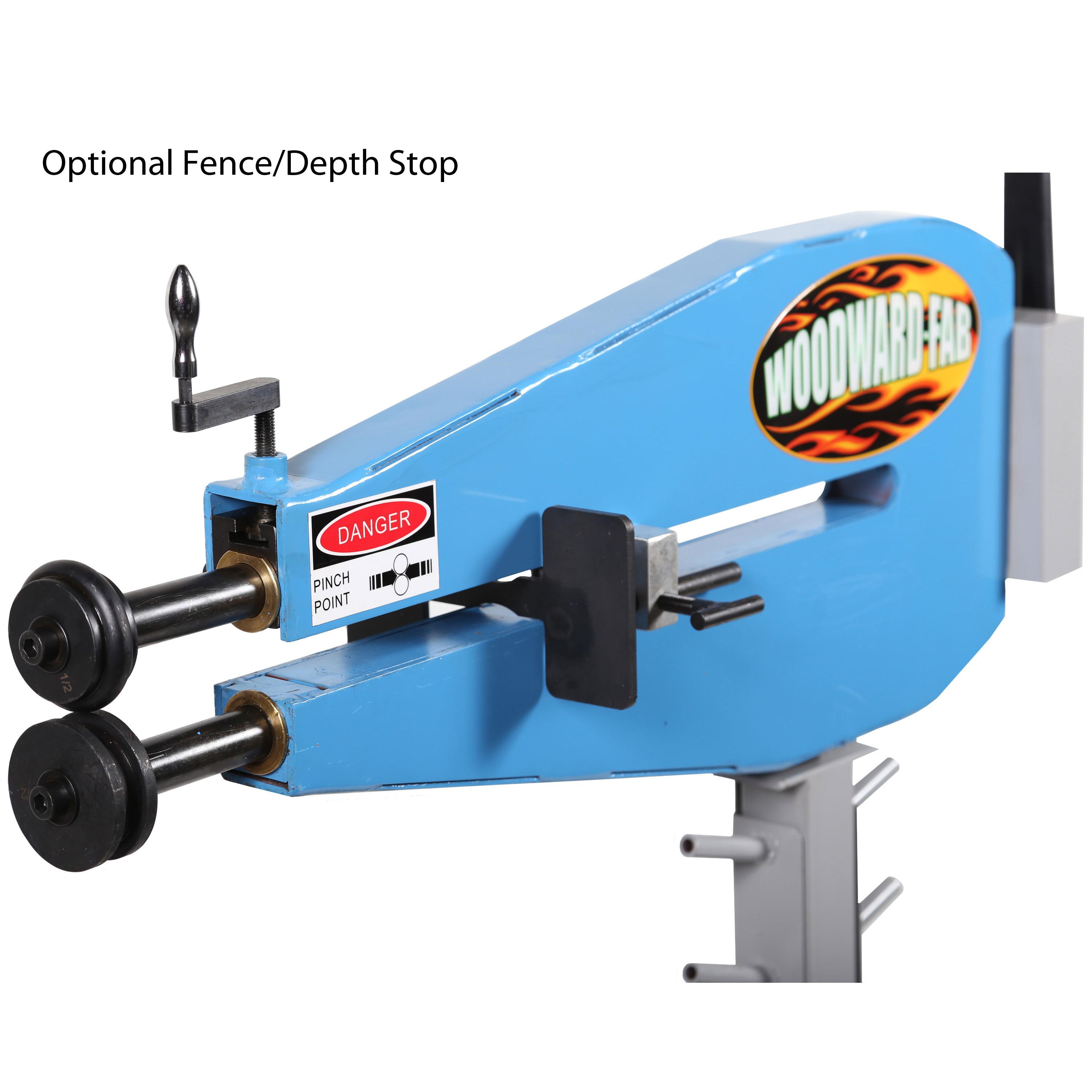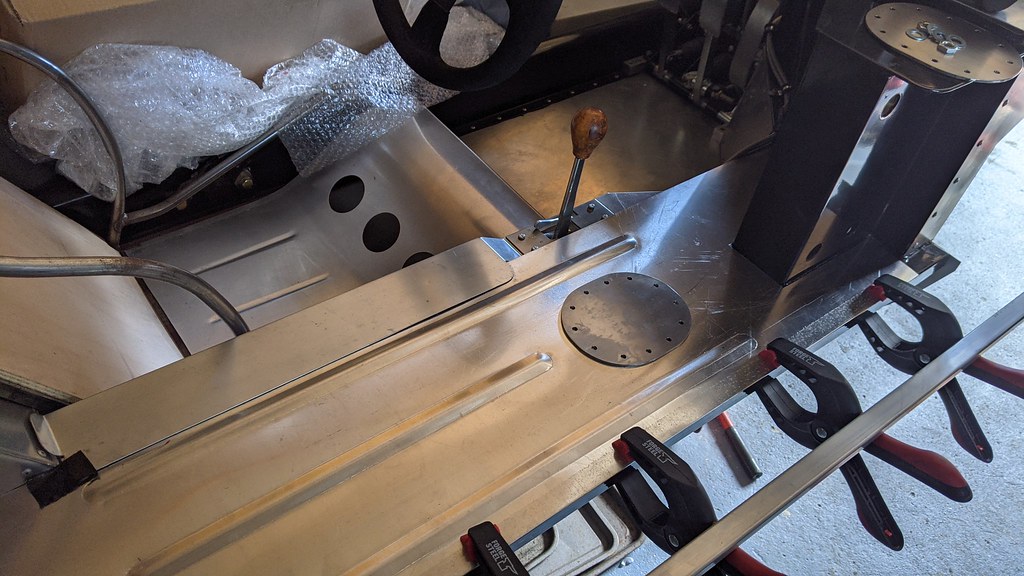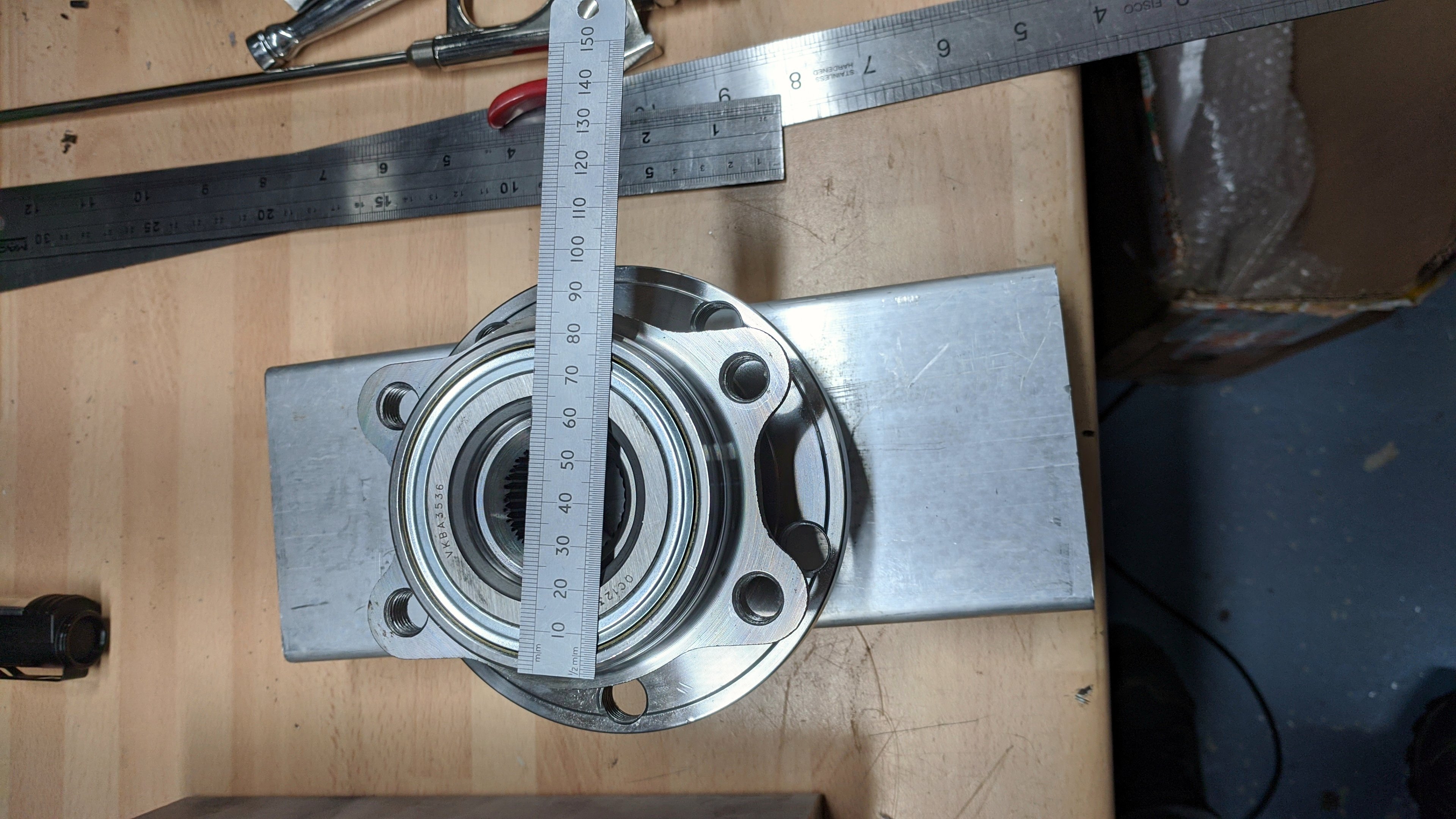Neil
Supporter
Eddy, unless the load on the 10V output is very small, you may need to fasten the tab of your LM7810 regulator to a heat sink. The important parameter here is power dissipation, not its output current rating. Also, be aware that the tab is electrically "hot" so the heat sink will short to ground unless it is insulated from the tab by an anodized heat sink, an aluminum oxide washer, etc. Connecting the tab to the heat sink with a screw & nut is OK if you make sure he heat sink cannot make contact with a ground.
FWIW, the regulator power dissipation can be calculated by measuring the output current and multiplying it by the voltage drop across the regulator. Pd = Iout x (Vin - Vout) the units are watts, amps, and volts. On the LM7810 data sheet you will find its "Thermal resistance" rated in C/W (degrees per watt) from the junction to the case (tab) as Theta jc or to the free air temperature, Theta ja. If you mount the regulator on a heat sink, simply add Theta jc to the heat sink thermal resistance. To determine the regulator's internal junction temperature, multiply the Pd times the total thermal resistance and then add the ambient temperature since this calculation gives you the temperature rise above ambient. You need to keep its junction temperature well below 175C.
Example: LM7810 Theta ja = 5C / watt If the input voltage is 14V when your alternator is charging, then the voltage drop is 14V - 10V = 4V. Let's say you are supplying the load with 1A, then Pd = 4V x 1A = 4 watts. Then the junction temperature rise will be T = 5C / watt X 4 watts = 20C. The junction temperature (Tj) will be 20C + Ta, where Ta is the surrounding air temperature. At room temperature, Tj = 45C, a safe temperature.
HOWEVER, bear in mind that mounting the circuit in a small plastic box will thermally insulate the tab, allowing no air circulation, st the actual value of Theta ja will be higher. Also, the ambient temperature may be far higher depending on where the regulator is mounted in your car. These questions will be on the exam.
FWIW, the regulator power dissipation can be calculated by measuring the output current and multiplying it by the voltage drop across the regulator. Pd = Iout x (Vin - Vout) the units are watts, amps, and volts. On the LM7810 data sheet you will find its "Thermal resistance" rated in C/W (degrees per watt) from the junction to the case (tab) as Theta jc or to the free air temperature, Theta ja. If you mount the regulator on a heat sink, simply add Theta jc to the heat sink thermal resistance. To determine the regulator's internal junction temperature, multiply the Pd times the total thermal resistance and then add the ambient temperature since this calculation gives you the temperature rise above ambient. You need to keep its junction temperature well below 175C.
Example: LM7810 Theta ja = 5C / watt If the input voltage is 14V when your alternator is charging, then the voltage drop is 14V - 10V = 4V. Let's say you are supplying the load with 1A, then Pd = 4V x 1A = 4 watts. Then the junction temperature rise will be T = 5C / watt X 4 watts = 20C. The junction temperature (Tj) will be 20C + Ta, where Ta is the surrounding air temperature. At room temperature, Tj = 45C, a safe temperature.
HOWEVER, bear in mind that mounting the circuit in a small plastic box will thermally insulate the tab, allowing no air circulation, st the actual value of Theta ja will be higher. Also, the ambient temperature may be far higher depending on where the regulator is mounted in your car. These questions will be on the exam.
















